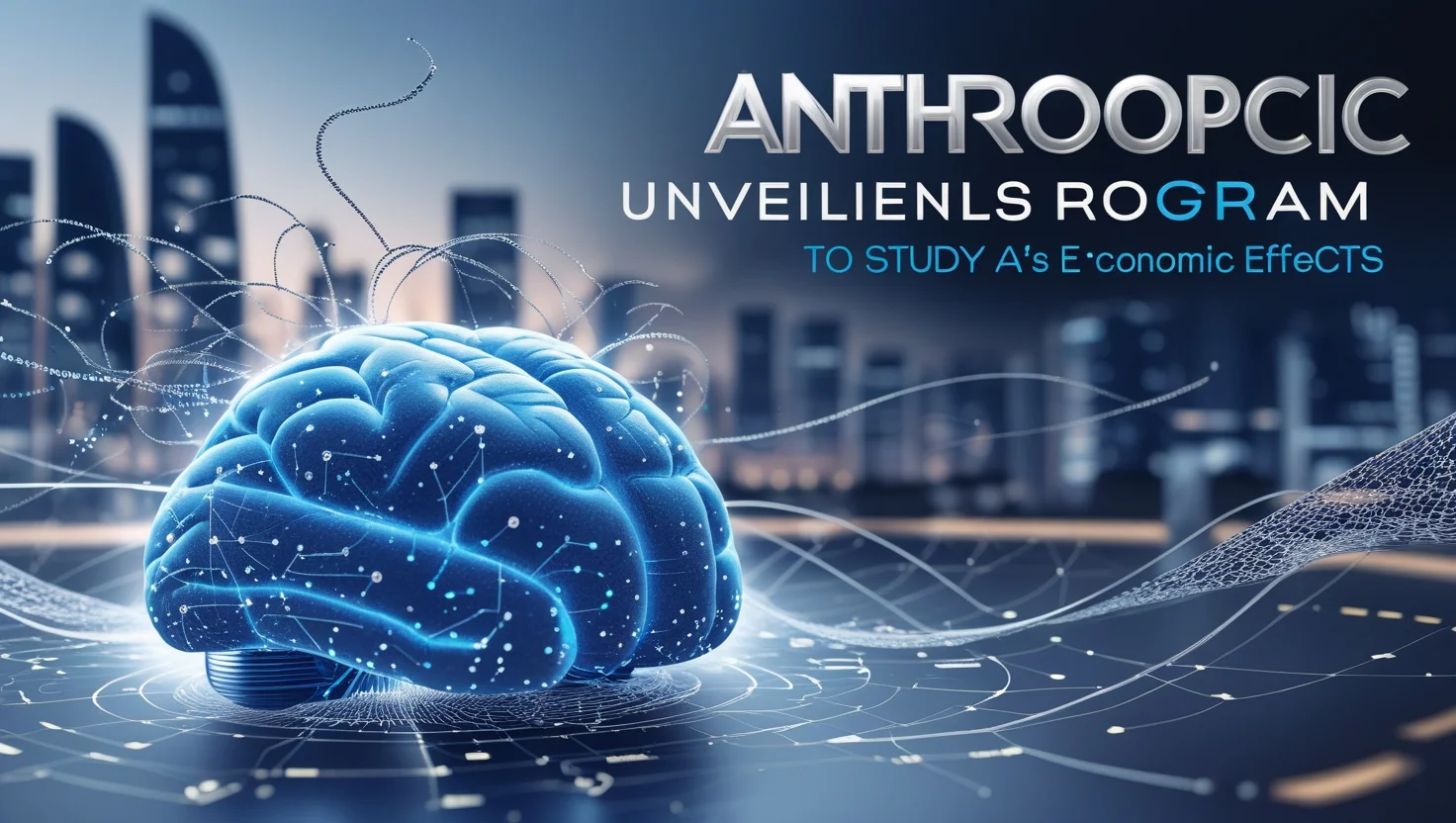Amazon’s next-generation digital assistant, Alexa+, has officially reached over 100,000 users, according to CEO Andy Jassy on the company’s latest earnings call. Alexa+, introduced in February, represents Amazon’s shift toward a more intelligent, generative AI-powered assistant. Unlike earlier versions of Alexa that relied on scripted responses, Alexa+ is designed to engage in natural conversations and eventually perform tasks across third-party apps. However, several core features initially showcased during its launch are still missing from the current rollout.
At launch, Alexa+ lacked the ability to generate bedtime stories, suggest gift ideas, or interface with services like GrubHub—capabilities that were previously promised. Jassy acknowledged the incomplete feature set, assuring investors and users that more functionalities will arrive in the coming months. He described Alexa+ as one of the first action-oriented AI agents built for consumers, though he admitted the technology remains in an early stage, with many systems still under development.
Jassy also addressed the limitations of current AI agents, noting that most still have relatively low accuracy, typically ranging between 30 to 60 percent. He revealed Amazon’s goal to raise this benchmark significantly, aiming for 90 percent accuracy with Nova Act, the web-browsing agent that powers Alexa+. The company hopes this will enable Alexa+ to handle more complex, multi-step tasks reliably.
Despite the limited current capabilities, Alexa+ appears to be rolling out more quickly than Apple’s updated Siri, which is also being rebuilt with generative AI. Apple CEO Tim Cook mentioned delays in Siri’s development during the same earnings period, suggesting the company needs additional time to complete its upgrades. Both Apple and Amazon are navigating the same technical hurdles, particularly the challenge of getting large language models to operate tools and integrate seamlessly with other systems.
As Amazon continues refining Alexa+, the assistant represents a major step in the broader trend of evolving voice assistants into smarter, more autonomous agents.













